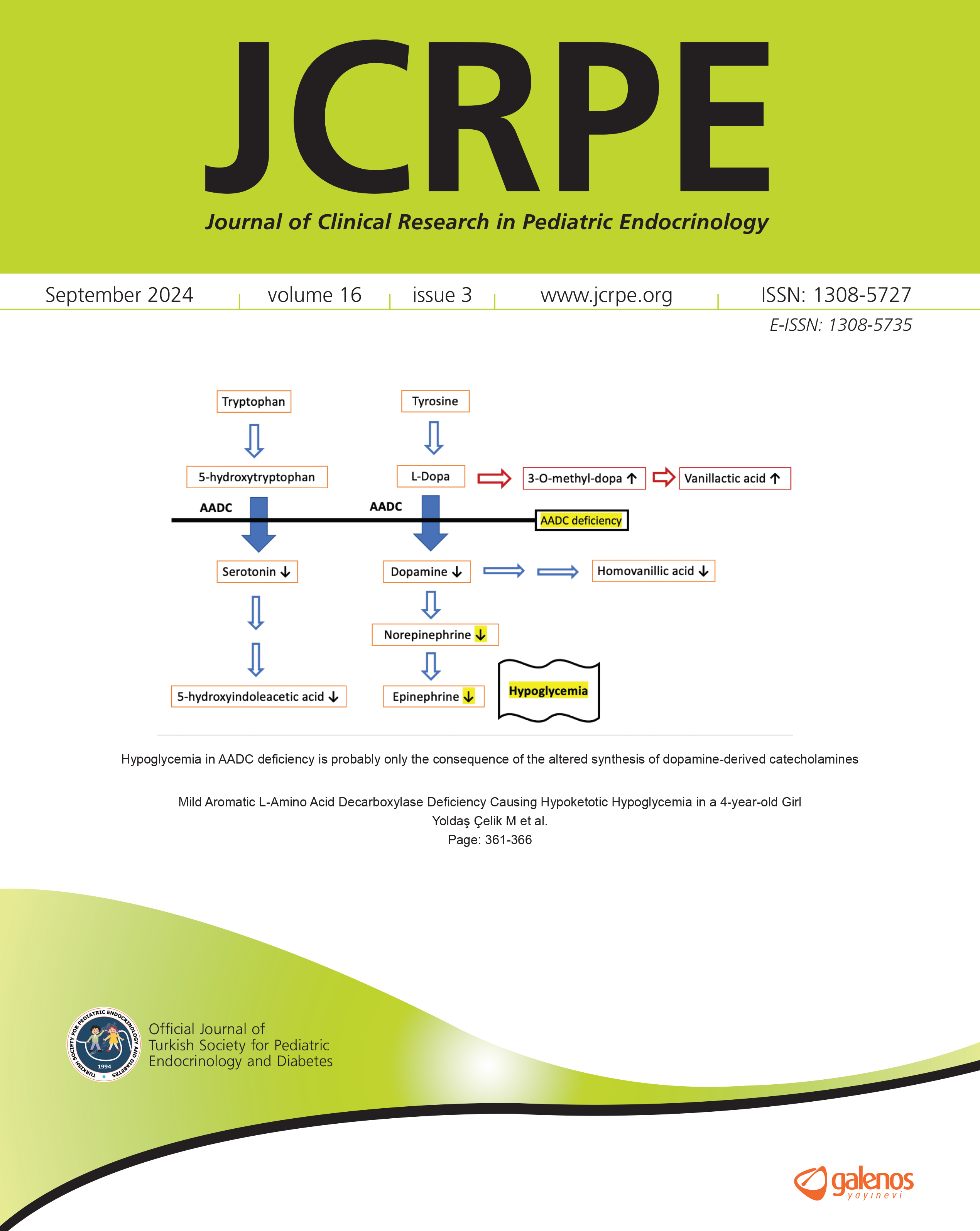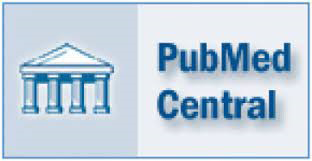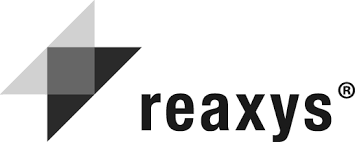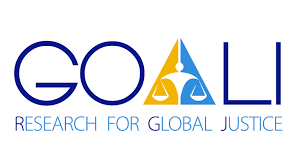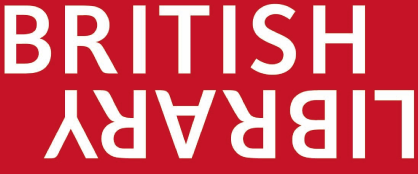Experience in a PHTS Expertise Centre: Yield of Thyroid Ultrasound Surveillance in Children with PTEN Hamartoma Tumor Syndrome
Esther M.G. Bormans1, Janneke H.M. Schuurs-Hoeijmakers2, Petra van Setten3, Linda A.J. Hendricks2, Meggie M.C.M. Drissen2, Martin Gotthardt5, Hedi L. Claahsen-van der Grinten3, Nicoline Hoogerbrugge4, Jolanda H. Schieving11Department of Pediatric Neurology, Radboud University Medical Centre, Amalia Childrens Hospital, Nijmegen, The Netherlands2Department of Human Genetics, Radboud University Medical Centre, Expert Centre for PHTS, Radboud University Medical Centre, Nijmegen, the Netherlands
3Department of Pediatric Endocrinology, Amalia Childrens Hospital, Radboud University Medical Centre, Nijmegen, The Netherlands
4Radboud University Medical Centre, Radboud Institute for Medical Innovation, Nijmegen, The Netherlands
5Department of Medical Imaging, Nuclear Medicine, Radboud University Medical Centre, Nijmegen, The Netherlands
INTRODUCTION: Children with PTEN hamartoma tumor syndrome (PHTS) are at increased risk for developing thyroid abnormalities, including differentiated thyroid carcinoma (DTC). The Dutch PHTS guideline recommends ultrasound surveillance starting from age 18. Since the literature describes PHTS patients who developed DTC before age 18, the Dutch PHTS expertise centre has initiated annual ultrasound surveillance starting from age 12. The purpose of this study was to identify the yield of thyroid ultrasound surveillance in children.
METHODS: A retrospective single centre cohort study was conducted. Pediatric PHTS patients who received thyroid ultrasound surveillance before age 18 between 20162023 were included. Patients medical records have been reviewed. Primary outcomes included prevalence and time to develop thyroid nodules ≥10mm, nodular growth, goiter, thyroiditis and DTC. Descriptive statistics and Kaplan-Meier analyses were performed.
RESULTS: Forty-three patients were included. Two patients (5%) were diagnosed with DTC at ages 12 and 17. Both DTCs were identified as minimally invasive follicular carcinoma at stages pT3NxMx and pT1NxMx respectively. A total of 84% were diagnosed with thyroid abnormalities at a median age of 12 years (range 9-18). Most common findings were benign, including nodular disease (74%), goiter (30%) and autoimmune thyroiditis (12%). Nodular growth was observed in 14 patients (33%) resulting in (hemi)thyroidectomy in 7 patients (16%).
DISCUSSION AND CONCLUSION: Thyroid ultrasound surveillance resulted in the detection of DTC in 2/43 PHTS patients before age 18. These findings support the recommendation to initiate thyroid ultrasound surveillance in children at least from age 12, preferably within an expertise centre.
Manuscript Language: English

